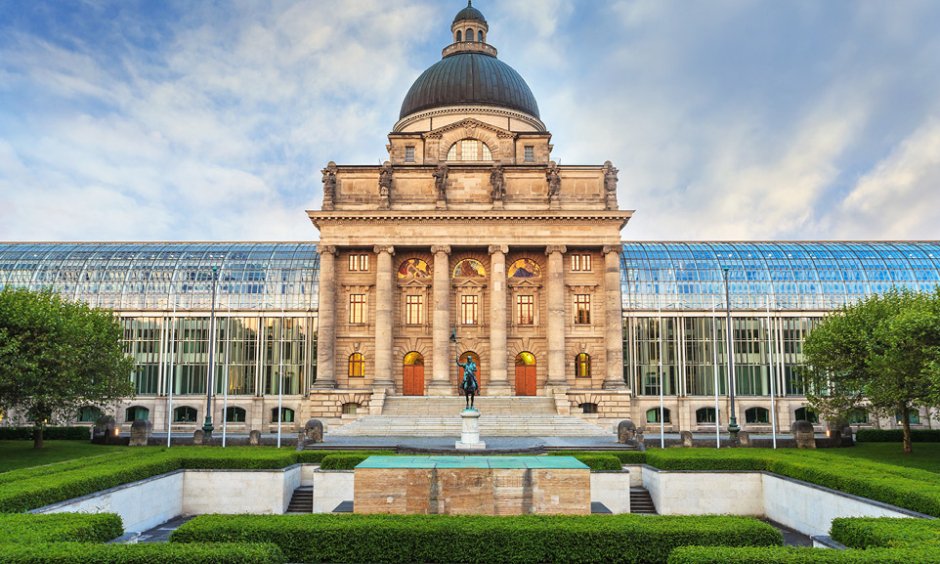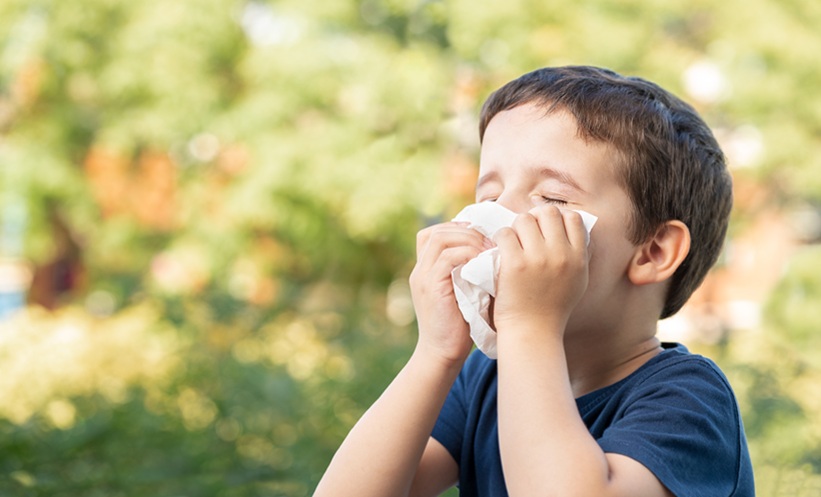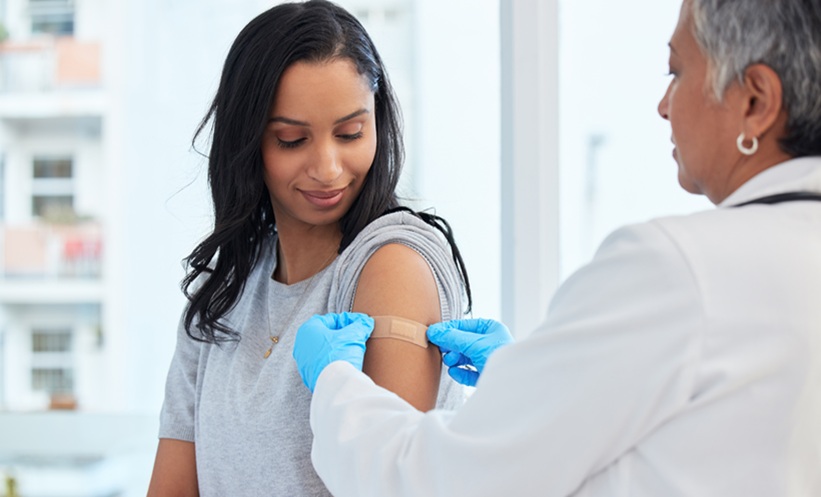Written by James Coker | Reporter, European Medical Journal | @EMJJamesCoker
![]()
This year’s EAACI Congress is heading to Germany’s third biggest city, Munich, from 26th–30th May, with a range of sessions on all aspects of allergy and clinical immunology due to take place within the confines of the renowned Internationales Congress Center München. The congress theme for 2018 is ‘Innovative Solutions for Allergy’, and this will be emphasised throughout the variety of symposia, oral abstract presentations, poster discussions, debates, and other session types on show. Allergy is growing in prevalence worldwide, and this meeting is undoubtedly going to be highly significant for healthcare professionals involved in this area of medicine. For the third year running, the EMJ team will be in attendance to keep track of everything that goes on in order to provide a thorough review in the next edition of the EMJ Allergy & Immunology eJournal, which will be published in July.
History of the Congress
It was decided in 1999 that the main EAACI Congress would take place annually,1 following a period of more intermittent gatherings from the year in which the society was created: 1956. The last time the event took place in Munich was back in 2005 in conjunction with the World Allergy Congress (WAC) under the theme of ‘Allergy in a Changing World’.2
Interesting Fact
The society was originally named the European Academy of Allergy when it was formed during the 3rd Congress of Allergy in Florence in 1956. In 1971, ‘Clinical Immunology’ was added to the title because of the close nature of the two fields, with the ultimate aim of increasing co-operation between professionals from both disciplines.3
Last Time Out
There were a record number of participants at EAACI 2017, with over 8,000 attending the event in Helsinki, Finland.4 As usual, the congress encompassed all aspects regarding the mechanisms and treatments for allergy in a variety of engaging session types. In our review of this event in last year’s EMJ Allergy & Immunology 2.1 eJournal, we provided coverage of a number of the sessions that took place, including a fascinating pro-con debate about the use of macrolides to treat asthma and a look back at notable research over the preceding year on topics such as skin and gut immunology. All of this and more can be accessed here. Additionally, we published a series of reviews of research that were presented and submitted by the authors themselves, with topics ranging from ragweed pollen allergy to thunderstorm-related respiratory allergy. Click here to access this section of last year’s journal.
Important Timings
The always entertaining Opening Ceremony is scheduled for 19.00–20.00 on Day 1 of the congress, the 26th May, and will be swiftly followed by the Welcome Reception from 20.00 onwards, providing food, refreshments, and networking opportunities. The exhibition area, a vitally important platform for new technologies and treatments in the field of allergy, will be open from 09.00–17.30 throughout 27th–29th May. The popular pro-con debates will likewise occur from 27th–29th May, taking place at 12.30–13.30 on each of these days. Finally, to reflect on the five days filled with new ideas and discoveries, the Closing Ceremony will end proceedings from 12.00–13.00 on 30th May.
Hot Topics
The scientific programme has been neatly divided into different topics covering the whole spectrum of the field of allergy and immunology, with swathes of sessions dedicated to each. This means there will be plenty on offer, with professionals from all specialisms of allergy, as well as primary care, seeking a more general overview. These topics include allergen immunotherapy; allergy diagnosis and systems medicine; allied health; asthma; basic allergology; basic immunology; clinical allergology; clinical immunology; dermatology; drug allergy; ENT; environmental and occupational allergy; food allergy; paediatrics; and primary care.
Social Media
The EAACI Facebook and Twitter pages will be replete with updates and reminders both in the build-up to and during the congress. The Facebook page can be found here: https://en-gb.facebook.com/EAACI/ and their twitter account is @EAACI_HQ.
The EMJ team in attendance will also be very active on Twitter, so be sure to follow our accounts @EMJReviews and @EMJAllergy to interact with us throughout. Make sure you use the congress hashtag #eaaci2018 when tweeting us your thoughts!
History of the City
Munich was founded in 1158 by Henry the Lion, Duke of Saxony and Bavaria. The history of the city has been strongly influenced by war; for example, it was occupied by the King of Sweden, Gustavus II. Munich was made capital of the Kingdom of Bavaria in 1806, prior to the creation of a unified Germany in 1871. The area was of course at the centre of many important events in the two world wars of the 20th Century and was badly damaged during World War II. The city was, however, extensively rebuilt subsequently, developing into a very vibrant and economically successful area that attracts millions of visitors every year.5
Places to Visit
Munich is steeped in tradition and history, offering numerous places of interest to visit. If you find you have some spare time during your stay in the city for the EAACI Congress, here is a selection of places you may wish to go:
Frauenkirche (The Cathedral of Our Lady): Constructed during the years of 1468–88, this stunningly beautiful building has been the main church and cathedral of southern Bavaria’s ecclesiastical provinces since the establishment of the Archbishop of Munich and Freising in 1821.6
Englischer Garten (English Garden): Covering 900 acres, this scenic park is a wonderful place to walk in, particularly during the summer months.7
BMW Museum: For those who love cars, the history of this iconic brand can be relived in the city where it all began back in 1916.8
With this year’s EAACI Congress promising to be more exciting and inciteful than ever before, the EMJ team will be on site to ensure we gain the information we require to create a congress review that is fitting of this prestigious occasion. If you see us around be sure to pop over and say hello!
REFERENCES
- EAACI. About Us. 2017. Available at: https://www.eaaci.org/organisation/about-us/introduction.html. Last accessed: 3 May 2018.
- EAACI. World Allergy Congress. 2015. Available at: http://www.eaaci.org/congresses/eaaci2005/. Last accessed: 3 May 2018.
- Serafini U. European Academy of Allergology and Clinical Immunology: History. Available at: https://www.eaaci.org/attachments/1283_EAACI%20History%20Booklet.pdf. Last accessed: 3 May 2018.
- EAACI. 17–21 June 2017, Helsinki, Finland. 2017. Available at: http://www.eaaci.org/eaaci-congresses/eaaci-2017/. Last accessed: 3 May 2018.
- Discover Munich. History. Available at: http://www.discover-munich.info/history/. Last accessed: 3 May 2018.
- Dearsley B. Exploring Munich’s Frauenkirche (The Cathedral of Our Lady). Available at: https://www.planetware.com/munich/cathedral-church-of-our-lady-d-ba-munfr.htm. Last accessed: 3 May 2018.
- Rogers BR. 16 Top-Rated Tourist Attractions in Munich. Available at: https://www.planetware.com/tourist-attractions-/munich-d-ba-mun.htm. Last accessed: 3 May 2018.
- BMW Welt. General Information. Available at: https://www.bmw-welt.com/en.html. Last accessed: 3 May 2018.







